Creating the right environment inside a greenhouse can make all the difference when it comes to healthy, beautiful rose plants.
Greenhouse insulation is a pretty handy tool for keeping things inside comfortable year-round, especially when your goal is lush, vigorous blooms.
In this guide, you’ll check out why insulation matters so much for roses, tips on choosing the best material, and practical ways to keep those plants thriving no matter the outside weather.
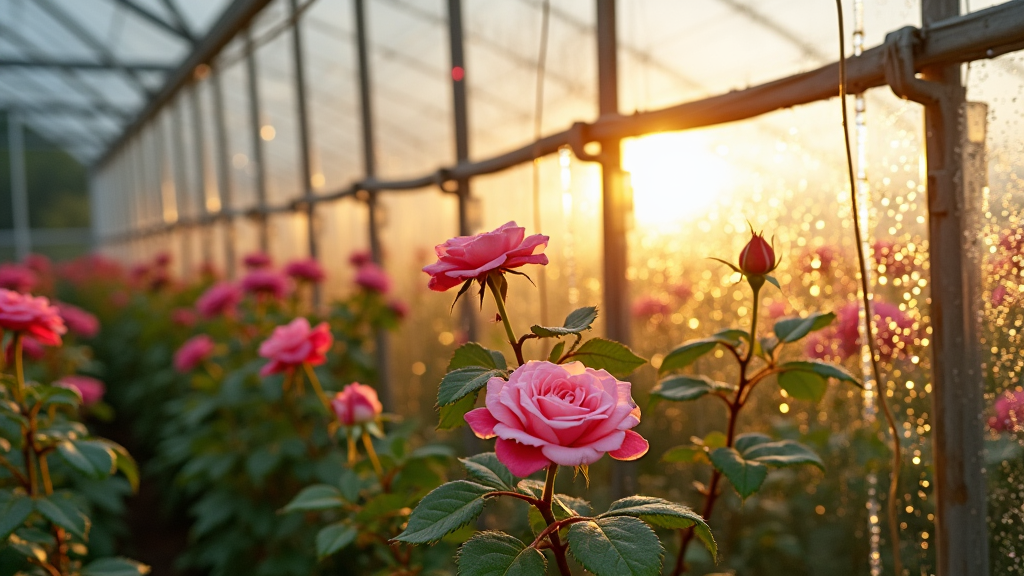
What Is Greenhouse Insulation and Why It Matters for Roses
Greenhouse insulation is anything you use to slow down the movement of heat in and out of your greenhouse.
The main goal is to keep things cozy enough in winter and not overly hot in summer. This helps roses grow in their preferred conditions, even when the local climate swings wildly.
Roses are famously sensitive to temperature changes. Big swings from day to night or even sudden drafts can lead to weak growth, poor blooms, and stress-related diseases.
💡 Recommended Product:
ThermoPro TP65 Digital Hygrometer and Thermometer – Monitor your greenhouse temperature and humidity with precision
In my own experience, a well-insulated greenhouse takes away a lot of the worry. It gives you a stable, calm environment where roses can really shine.
My aim here is to provide an all-in-one guide for rose growers who want to keep their plants protected, happy, and productive all year.
Using the right insulation saves energy, avoids problems from temperature drops or spikes, and leads to some of the healthiest rose plants you’ll ever see.
The Role of Insulation in Rose Growth
Temperature Control
Roses like their space to stay within a tight temperature range—somewhere around 20-25°C (68-77°F) during the day and 16-18°C (60-64°F) at night.
Insulation is key for keeping those numbers steady, minimizing stress that could otherwise disrupt growth and reduce blooms.
Protection from Cold and Heat
If you’ve lost rose buds in a sudden cold snap or watched plants wilt on a hot afternoon, you know how fast things go downhill when the weather isn’t on your side.
Insulation builds a buffer for your greenhouse, keeping out icy winds in winter and softening the heat of strong summer sun. This layer of protection helps limit damage to leaves, flower buds, and roots.
🛡️ Recommended Product:
Clear Twinwall Polycarbonate Sheets (6mm or 8mm) – Long-lasting panels for year-round thermal control
Reduced Energy Costs
Running space heaters or fans to deal with a drafty greenhouse quickly adds up. A solid insulation system helps you bring down your power bills by holding onto warmth in winter or coolness in summer. That way, you spend less on utilities and get more for your money each season.
🔥 Pro Tip:
Use US Energy Reflective Foil Insulation on north-facing walls for energy-efficient heat reflection.
Humidity Control
Warm air holds more moisture than cold air, so a steady interior temperature helps keep humidity consistent.
Roses need a balance—they don’t like air that’s too dry, but are also prone to fungal issues in muggy, stagnant air.
Tight insulation, combined with proper ventilation, supports that balance well.
Types of Greenhouse Insulation Materials for Roses
Polycarbonate Panels
Double wall or triple wall polycarbonate panels have become super popular for greenhouses.
Recommended Product:
Solexx Greenhouse Covering Panels – Excellent insulation and UV protection
These materials are a bit like clear plastic sandwiches; the layers create little air pockets that slow the transfer of heat.
Polycarbonate is strong, lightweight, provides decent UV protection, and keeps temperatures pretty stable.
It can even shrug off an accidental knock or hailstorm, which gives peace of mind.
Polyethylene Film
If you’re just getting started, polyethylene (poly) film is an affordable option that still gets the job done.
It’s a flexible plastic wrap you can stretch over the greenhouse frame. It helps keep heat in, though it doesn’t last forever—UV rays eventually cause it to break down.
Single film works for a short-term fix, while double layer poly with an air gap in between offers better insulation.
Budget-Friendly Pick:
Farm Plastic Supply Greenhouse Film – UV-resistant, 6 mil, 4-year rated
Reflective Foil Insulation
Reflective foil insulation features a metalized layer that bounces heat back inward during cold months and reflects excess sun outward in summer.
It’s useful along north-facing walls or shaded areas where you want extra heat retention or in spots getting too much direct sun.
It’s thin and easy to attach, but doesn’t let natural light through, so placement is important.
Suggested Product:
Double Bubble Reflective Foil Roll – Lightweight, easy to apply, and efficient
Thermal Screens
Thermal screens are special curtains you can pull over plants or the entire greenhouse.
Retractable screens can be closed at night or during a heat wave, then opened to let more sunlight in.
They add extra control over temperature swings, which is handy if you want a flexible setup.
Control Light & Heat:
Aluminet Shade Cloth – Reduce temperature and UV while maintaining airflow
Insulated Floor Materials
Putting an insulating layer down on the greenhouse floor can help avoid temperature shifts coming up from the ground.
Options include rigid foam, gravel (paired with a foam barrier), or even rubber mats.
Recommended Product:
Rubber Stall Mats – Durable floor insulation for greenhouses
It’s one of those little touches that help prevent root problems caused by cold or damp floors, especially in winter.
Natural Insulation Options
For low tech or ecofriendly solutions, some gardeners use straw bales, earth berms (soil mounds along the base of the greenhouse), or even stacked firewood around the outer walls.
These keep things warm during especially cold winters, which is handy if you like using local and renewable materials.
Eco-Friendly Add-On:
Compressed Straw Bales for Garden Use
Outdoor Firewood Rack with Cover – Adds insulation and doubles as fuel storage
How to Choose the Best Insulation Material for Your Greenhouse
Climate Considerations
Your local climate is a major factor when picking insulation. In cold or windy areas, thicker panels or multiple layers make a significant difference.
If summers get hot where you live, lighter materials with reflective features can help prevent overheating.
Looking up average temperature swings for your area will point you toward the right setup.
Budget
Budget is always a factor for most gardeners. Polycarbonate panels cost more at the start, but last for years and save money on heating in the long run.
Poly film is light on the wallet right away, though you might need to replace it every couple of seasons.
Weigh the initial price against hassle and how often you’ll need to swap out the material.
Durability and Maintenance
Roses love stable, draft free conditions so you want materials that won’t break down after a storm or two.
Polycarbonate and foil both last well, while poly film may need patching. Easy maintenance makes a difference, especially if your greenhouse is tricky to reach or your time is limited.
M All-Weather Sealing Tape – Seal your insulation for wind and water protection
Aesthetic Appeal
Some insulation options look better than others, especially if your greenhouse is visible from your backyard or street.
Polycarbonate panels have a sleek, glasslike look that some people enjoy. Natural insulation, like straw bales, gives everything a rustic feel.
I think it’s wise to balance practical needs with your personal style—admiring your greenhouse and roses in the afternoon sun is part of the fun.
Best Insulation Practices for Rose Greenhouses
Layering Materials
Mixing more than one insulation type is a smart play. For example, a double layer of polycarbonate along with thermal screens and insulated flooring can form a consistent environment that covers you for all seasons.
Sealing Gaps
No matter which materials you put to use, little gaps or loose joints will leak warmth and let in cold drafts.
Doors, vents, and window frames are sneaky culprits that need extra sealing with weatherstripping, tape, or spray foam.
Run a hand around edges in cool weather to spot leaks early.
Seal Like a Pro:
Great Stuff Gaps & Cracks Spray Foam Sealant
Using Thermal Mass
Materials like water barrels, stone paving, or brick walls absorb heat during the day and gradually let it out at night.
Adding dark-colored water containers on the wall reduces nighttime temperature dips for roses, keeps condensation at bay on leaves, and supports sturdy buds.
Thermal Mass Option:
55-Gallon Black Plastic Drum – Store water and stabilize temperatures
Regular Inspections
Insulation setups require a once-over before big seasonal changes, especially before winter.
Check all panels, film, and seals for rips or wear, and clear any debris that might block the walls. Replacing or patching worn areas ahead of time saves hassle later on.
Common Greenhouse Insulation Mistakes to Avoid
- Underestimating Insulation Needs: Don’t guess or skimp on insulation, especially for sensitive roses. Thin or patchy insulation leads to unsteady temperatures that slow root growth and encourage pests.
- Neglecting Ventilation: Without enough airflow, your greenhouse can get far too humid or foster mildew. Install vents and keep a couple of fans handy for when you need to control both temperature and humidity.
Airflow Tip:
VIVOSUN 6 Inch Inline Duct Fan – Improve airflow while maintaining insulation
- Not Accounting for Sunlight: Blocking too much light with your insulation can leave roses pale and stretched. Transparent or translucent materials offer insulation without cutting off needed sunlight.
- Using Low Quality Materials: Very cheap materials give out quickly and bring extra headaches. Spending a bit more up front for something durable avoids replacing everything every season.
Benefits of Proper Greenhouse Insulation for Roses
- Better Growth and Larger Blooms: Steady conditions make for healthier, bushier roses and bigger flowers. Plants spend less energy dealing with stress and more on lush petals and foliage.
- Fewer Disease Problems: Consistent humidity and temperature make it tougher for fungus and pests to move in. You and your plants enjoy a more stress-free ride.
- Lower Heating and Cooling Bills: Staying cozy without constantly running heaters or fans is a great way to reduce costs and energy use.
- Year Round Enjoyment: With the right insulation, seasons and wild weather are no longer a big obstacle. You can trim and admire blooms even in the coldest months.
Frequently Asked Questions
Q: How thick should greenhouse insulation be for roses?
Thicker double wall or triple wall polycarbonate panels (6mm or 8mm) or double polyethylene film with an air gap usually offers enough insulation for most climates. In very cold regions, consider combining several layers or using extra thermal screens as well.
Q: Is insulation worth it for small backyard greenhouses or tunnels?
Absolutely! Even small greenhouses benefit a ton from proper insulation. The more you can keep the interior stable, the longer and healthier the rose blooming season will be.
Q: How do I balance insulation with airflow?
I use adjustable vents and a small circulating fan with my insulation so air stays fresh without losing too much heat or humidity. Seal vents when not needed to keep warmth inside.
Q: What’s the best insulation for renters or anyone wanting something temporary?
Removable options like poly film and bubble wrap are quick to put up and take down, perfect for short term or rental setups. I’ve even used thick row cover fabric as a handy insulator in a pinch.
Setting up a well-insulated greenhouse takes a bit of effort, but the rewards are big.
Roses get reliable, welcoming conditions with fewer weather headaches, and you get to enjoy more blooms with less stress over unpredictable temperatures.
A little planning with good-quality materials really positions your rose collection to flourish all year long.
Ready to take your greenhouse to the next level? Browse top-rated insulation tools and accessories on Amazon to get started today!”
Happy gardening folks!!!!!!!!!!
This website contains Amazon affiliate links. If you purchase after clicking one of these links, I may earn a small commission at no additional cost to you.

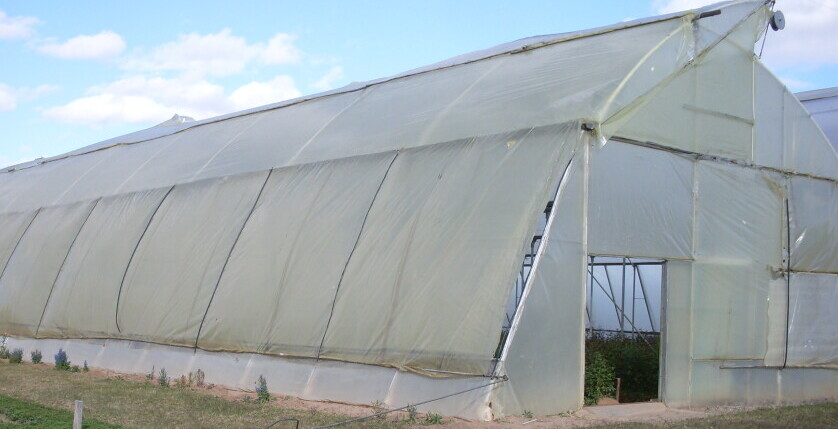
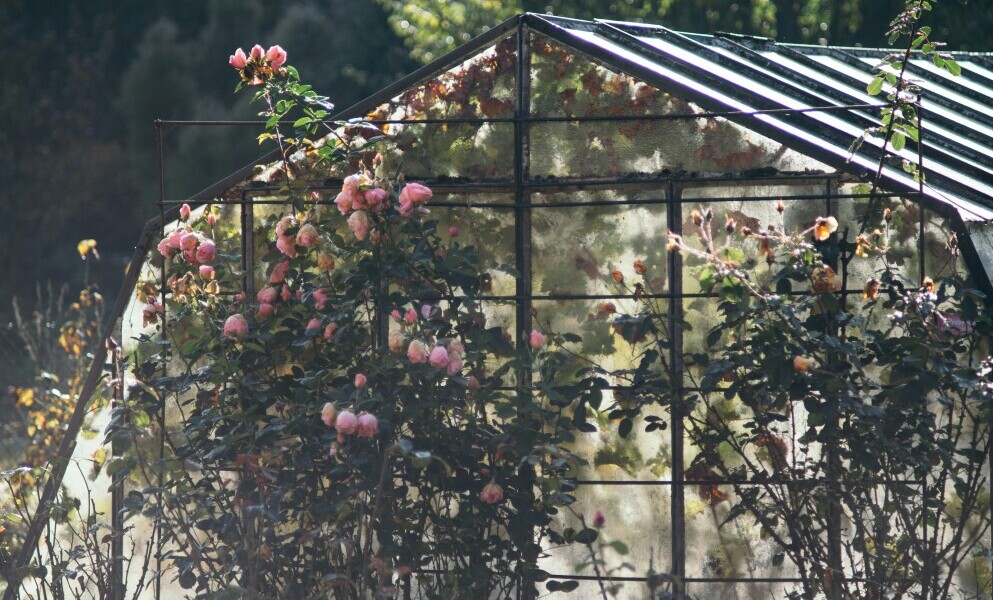
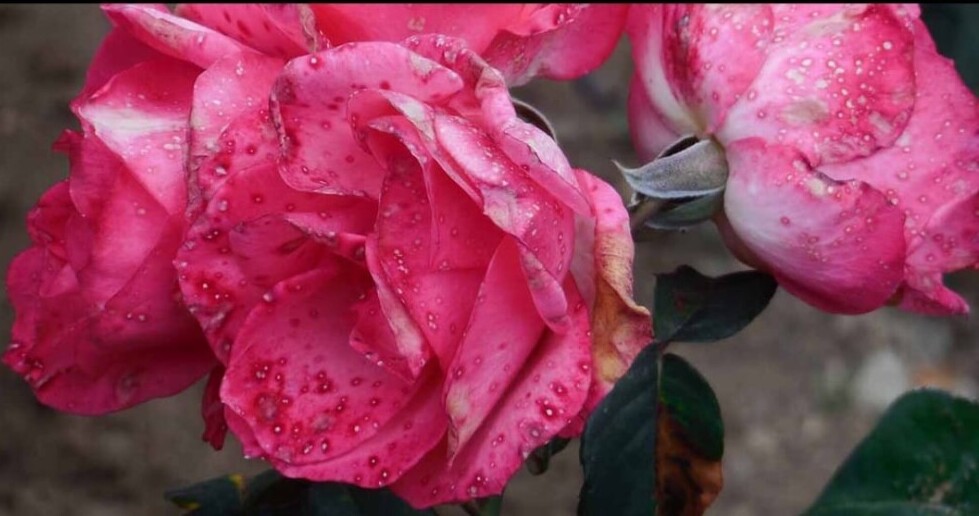
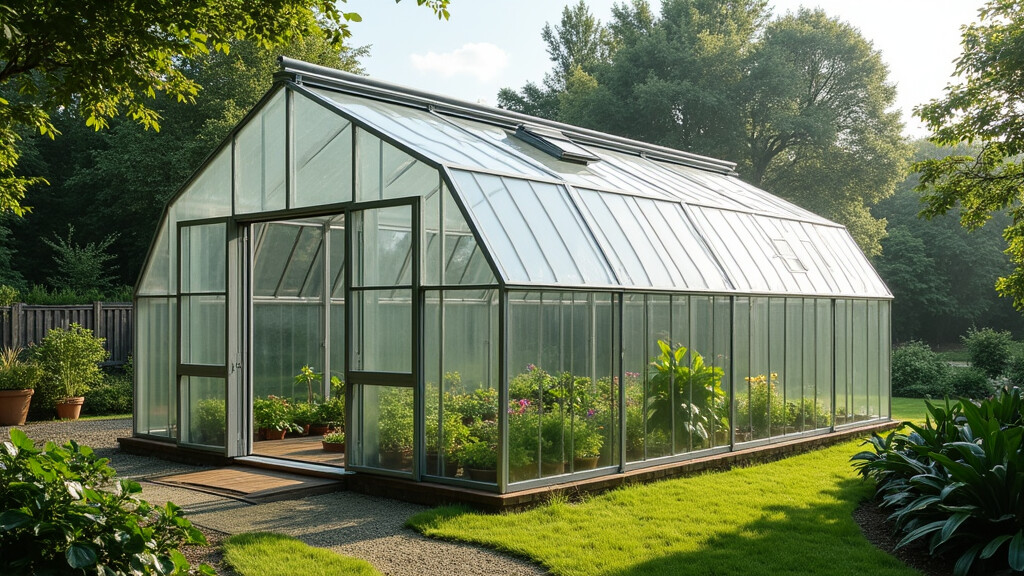
This is interesting!
I’ve never tried building a greenhouse because we just have a small garden in the summer.
But, I’ve tried planting roses and they never thrived.
It would be nice seeing roses in bloom all year long, even in winter.
Green house insulation would be a big factor for this.
I hope I can make and maintain a bigger garden when I retire.
And will consider making a greenhouse and of course, put up proper insulation
Marita
Hi Marita,
Thank you for your thoughtful comment.
It’s great to hear that you’re interested in growing roses year-round, and I completely understand how a greenhouse could make that dream a reality.
While starting with a small garden in the summer is a wonderful way to enjoy roses, having the ability to grow them in a controlled environment like a greenhouse opens up so many possibilities, especially for winter blooms!
Insulation really does play a key role in creating a stable environment for your roses, and it sounds like when you retire and have the time to create a bigger garden, a greenhouse with proper insulation will be a perfect next step.
I’m excited for you to start planning for the future! When the time comes, feel free to reach out with any questions—I’d be happy to help as you work toward building and maintaining your greenhouse.
Best of luck with your rose-growing journey, and I’m sure your future greenhouse will be a beautiful, thriving space!
Best,
Raymond